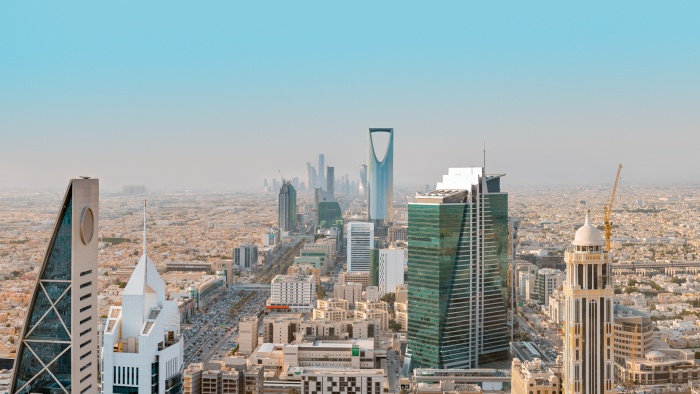
Domestic trips key to tourism growth in Saudi Arabia
Saudi Arabia is on track to become a regional tourism powerhouse, according to new analysis of the Middle East hospitality market.
However, the country may struggle to reach its optimistic annual visitor goals, as the Covid-19 pandemic continues to hit global travel, forecasters suggest.
The Middle Eastern destination is seeking to host 100 million trips annually by 2030, with Fahd Hamidaddin, chief executive of the Saudi Tourism Authority, recently stating the country remained on course.
The ambitious figure includes travellers from overseas arriving for religious, MICE or leisure visits, as well as domestic trips.
According to the UNWTO, Saudi Araba last year welcomed 16.2 million international guests, with 13.6 million staying overnight and 2.6 million visiting just for the day.
The total figure is down from 21.8 million in 2015, when 17.9 million international visitors stayed overnight, while nearly four million travellers called in for the day.
There were, however, 53 million domestic trips last year, approximately the same number as in 2015.
Combined, therefore, the country welcomed nearly 70 million trips of all kinds in 2019, with officials seeking to boost the figure by around 30 per cent by the end of the decade.
ADVERTISEMENT
With the borders closed for a large part of the year due to Covid-19, however, numbers are expected to fall in in the short term before recovering.
New data from analysts at GlobalData suggest Saudi Arabia can expect to welcome 21 million international arrivals by 2024, as the sector rebounds.
Ben Cordwell, tourism analyst at GlobalData, explains this growth means Saudi Arabia can become a dominant force in the Middle East destination market.
“The Red Sea Project is looking to establish Saudi Arabia as a luxury tourist destination which could attract many of the tourists that travel to Dubai each year, particularly high-spending travellers from the UK and China.
“Meanwhile, the capital city of Riyadh has the potential to establish itself as a premium luxury destination to rival Dubai.”
Religious attractions and celebrations are the main source of tourism in the country, with millions of international visitors arriving to take part in the Hajj and Umrah.
A more accessible Saudi Arabia could attract a greater number of Muslim visitors to these events each year.
Cordwell continued: “Saudi Arabia is also home to historical sites dating back thousands of years, and so the country could become a hub for cultural tourism to the Middle East thereby diversifying the type of tourist that the country attracts.”
Sports tourism is another area that Saudi Arabia is investing heavily in, recently hosting Anthony Joshua’s world title fight against Andy Ruiz.
Hosting major sporting events provides Saudi Arabia with a major opportunity to market itself as a prime tourist destination.
Cordwell concluded: “Saudi Arabia offers much that can attract a high number of international visitors each year.
“The country has a number of initiatives in place to help achieve its ambitious tourist targets to 2030, but it remains to be seen how much of a limiting factor Covid-19 has on international arrivals over the coming years.”

